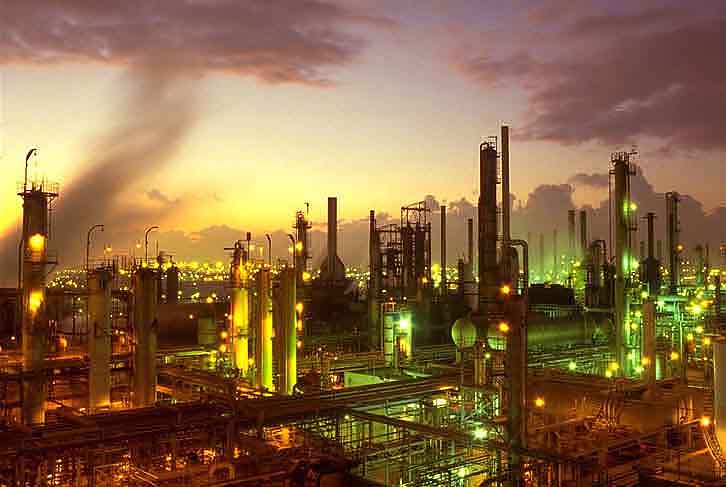Coal is currently by far the cheapest of the common fuels used by power stations relative to their energetic value. And most utilities are betting that it will remain like this. Most of those utilties are also quite sure that the disparity in fuel prices will continue to outweigh the cost of extra CO2 allowances needed for the production of highly carbon dioxide intensive electricity.
The key energy market indicator to watch in order to track the described development is the so-called "clean dark spread". It respresents the net revenue a generator can make from selling power after having bought coal and the required number of carbon allowances. There is an analogous indicator, the clean spark spread, for gas fired generation of electricity.
Those spreads, as seen in the graph below, are therefore an effective reflection of the cost of generating power. And the data collected on the development of these two indicators during the last 12 weeks clearly state: coal is relatively cheap despite having to buy relatively a lot more carbon allowances in comparison to gas. Or in other words: CO2 polluting allowances are too cheap in order to induce a shift away from coal. The result: an unrelentless continuation and growth in coal-fired generation even in carbon-capped european markets. The long-term price expections for C02 alloances seems to be valued so low that none of the currently proposed, planned or under construction standing coal power plants are already "capture ready" (source) (since the carbon sequestration and storage technology solution proposed by the coal industry comes at a hefty price tag)
19 November, 2007
Of Dark Spreads
Subscribe to:
Post Comments (Atom)

No comments:
Post a Comment